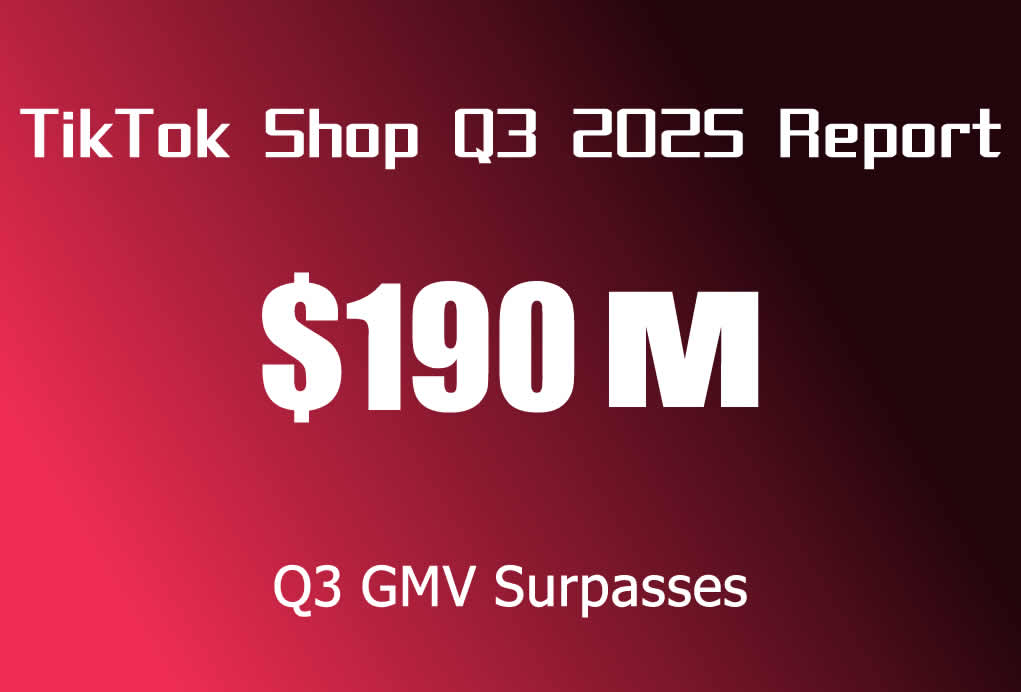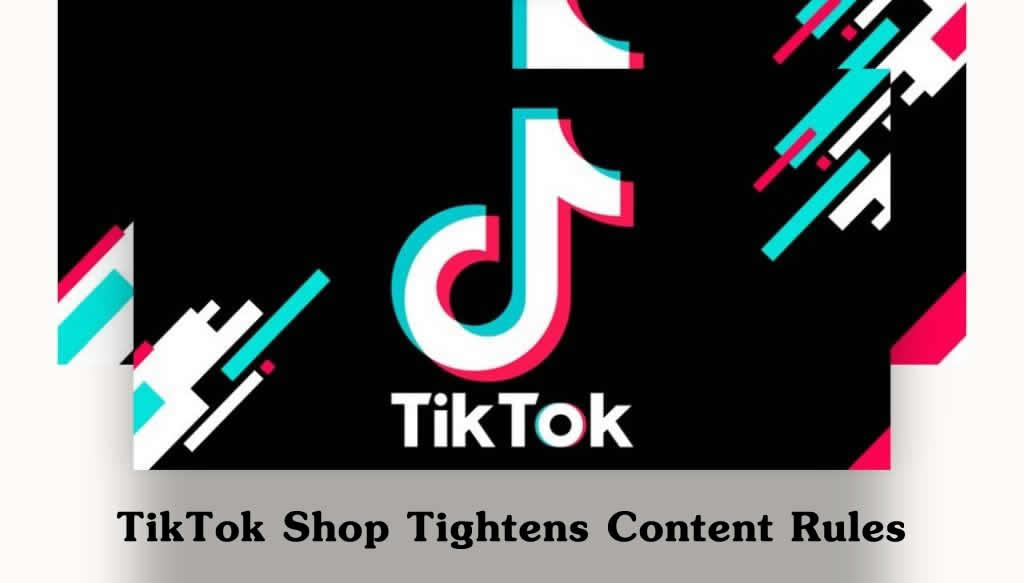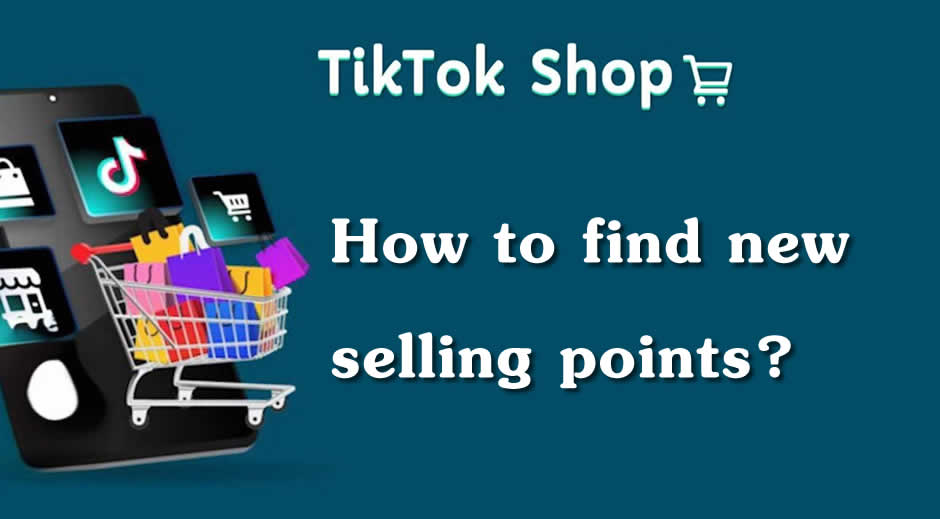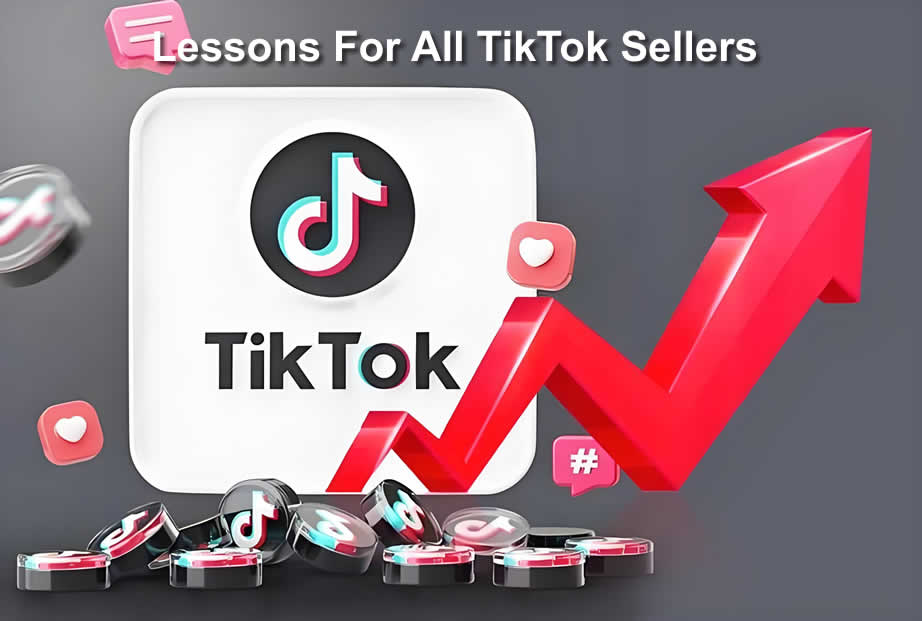Recently, TikTok Shop has rolled out three major policy updates for the Southeast Asian market within just 20 days:
- Crackdown on non-original content starting September 15
- Regulation of repetitive and low-interaction content beginning September 25
- Mandatory verbal product introductions effective October 3
These measures revolve around two core objectives — improving content quality and optimizing user experience — forming a progressive governance system that spans from copyright protection to ecosystem purification and interactive content enhancement.
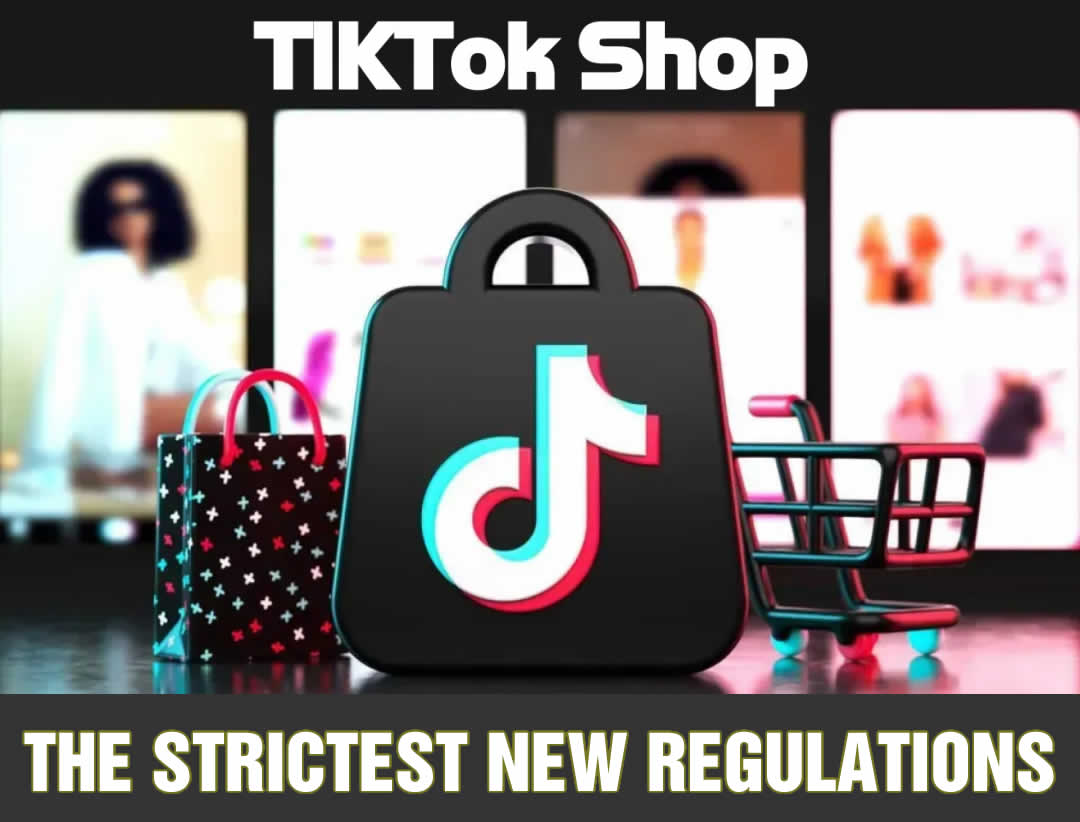
Rather than “intensifying competition,” these new rules are designed to clear the field for creators who produce with intent and originality. As the focus shifts from quantity to quality, sellers skilled in creating contextual, emotionally resonant content will gain significant traffic advantages.
01. Content Creation Stage
September 15: Crackdown on Non-Original Content
Starting September 15, 2025, TikTok Shop’s Southeast Asia Cross-Border platform will strictly enforce measures against non-original content. Offenders may face penalties such as commission freezes and removal from algorithmic recommendations.
The platform defines non-original content as including, but not limited to:
- Spliced product review videos without added commentary
- Reuploads of film or TV recordings with removed branding
- Use of “stitch” or “duet” features without meaningful product commentary
- Live streams that only change clothing without altering background or products
- Insertion of pre-recorded clips into live broadcasts
- Complete imitation of others’ creative ideas
TikTok Shop emphasized that this move aims to protect the original content ecosystem and enhance user experience. Violating content will lose exposure and recommendation privileges, and in serious cases, commissions will be frozen. Cross-border sellers and creators are advised to ensure originality and avoid unauthorized materials to comply with content guidelines.
Essentially, this update pushes merchants to shift from “traffic harvesting” to “value creation.”
According to reports, during the rollout phase (Sept 15–25), thousands of accounts were restricted daily due to “low-quality content,” signaling TikTok Shop’s firm determination to eliminate non-original material.
02. Content Distribution Stage
September 25: Crackdown on Repetitive and Low-Engagement Content
Starting September 25, 2025, TikTok Shop will implement what it calls the strictest video regulation policy ever, focusing on repetitive and low-interaction sales content. Violations include:
- Highly similar or duplicated videos
- Product showcases without personalized or creative scenarios
- Mechanically narrated videos
- Multiple accounts posting near-identical content
Penalties will vary based on the severity and frequency of violations, ranging from temporary traffic limits to permanent account bans. This means the previous model of flooding the platform with low-quality videos to gain traffic will no longer work.
Additionally, TikTok Shop has introduced a “Health Score” system:
- Every account starts with 200 points.
- Points are deducted for violations.
- Scores below 150 restrict participation in events.
- Scores below 100 disable affiliate marketing features.
- A score of 0 results in account termination and total loss of progress.
This reform aims to improve fairness in content competition and transition the ecosystem from quantity-driven to creativity-driven growth.
03. Consumer Decision Stage
October 3: Mandatory Verbal Product Introductions — Text-Only Overlays Banned
From October 3, 2025, TikTok Shop’s Southeast Asia cross-border platform will require influencers promoting products to include spoken introductions or on-screen demonstrations.
Pure text overlays introducing products will be prohibited. Violations will lead to content removal, traffic restrictions, or account suspension.
Industry insiders view this as a key step in upgrading the content commerce ecosystem, designed to enhance the buyer’s shopping experience.
The core policy goal is to strengthen the direct link between content and products, ensuring consumers receive authentic and comprehensive information through video.
Psychological studies indicate that human narration establishes stronger emotional resonance than text, improving product conversion rates by 30%–50%.
After implementation, consumers will gain a more complete understanding of products through video, enabling better purchasing decisions, greater satisfaction, and healthier platform growth.
04. Industry Shifts and Impact
Before analyzing its impact, it’s crucial to understand the policy’s core direction:
The goal isn’t to limit sellers — it’s to guide the short-video e-commerce industry toward a more standardized, sustainable, and high-quality future.
Industry Trend: From Traffic Competition to Value Competition
TikTok’s recent regulations mark a new development stage for short-video e-commerce, with the underlying competitive logic shifting profoundly.
In the past, sellers relied heavily on automation or multi-account strategies to scale quickly. Now, competition will center on creativity and brand building.
Content creation thresholds have risen sharply — low-effort copying and reposting are no longer viable.
Teams with strong original production and brand storytelling capabilities will stand out in this new environment.
At the same time, user expectations are evolving. Viewers prefer authentic, story-driven content over mechanical, formulaic product showcases.
Thus, future competition on TikTok Shop Southeast Asia will not be about surface-level traffic — but about deep content value.
Seller Impact: Traffic Reconstruction and Operational Upgrades
These new rules hit sellers relying on mixed-edited or templated videos the hardest — this model is now facing an existential challenge.
Comments like “AI mashup videos that used to go viral don’t work anymore!” have become common in seller communities.
Many worry that AI-generated content might be penalized. However, the platform’s stance is clear: AI content isn’t banned, but low-quality AI content is.
Whether AI videos can still drive sales depends on how well they adapt to the new policy direction.
Interestingly, the rise of AI video tool Sora 2 presents a new creative and product-testing avenue for TikTok sellers.
The old “low-cost, high-output” strategy is no longer viable.
Highly repetitive or low-interaction videos will face traffic suppression or removal, leading to sharp drops in exposure.
Conversely, original, engaging, and interactive content will receive algorithmic boosts.
This requires sellers to rebuild their operational logic, shifting from short-term traffic grabs to long-term content value cultivation.
Though short-term costs will rise, the trust barrier built through quality content will translate into higher conversion rates and stronger brand loyalty — the true competitive edge under the new rules.
05. Three Core Strategies to Adapt and Grow
These new rules represent both a challenge and an opportunity. Sellers can thrive by focusing on three key directions:
1. Deepen Content Creativity and Upgrade Production Capabilities
Form dedicated teams for content planning, filming, and post-production.
Focus on “high appeal + high engagement” content by:
- Applying the “golden three-second rule” — capture attention immediately with relatable scenarios and product highlights.
- Prioritizing real-person appearances, spoken reviews, and authentic demonstrations to foster a sense of human connection.
2. Optimize Operations and Leverage Data Strategically
Avoid posting similar content across multiple accounts.
Instead, differentiate by showcasing products from various perspectives and formats.
Use TikTok’s data analytics tools to identify audience preferences and guide creative direction.
Actively participate in official TikTok Shop promotions and challenges to boost visibility.
Develop localized content strategies tailored to each market’s audience behavior.
3. Enhance User Experience and Maintain Full Compliance
Optimize the user journey end-to-end:
- Improve product pages for accuracy and appeal.
- Build responsive customer service for inquiries and after-sales support.
Meanwhile, maintain strict compliance by:
- Avoiding prohibited techniques such as AB frame blending or heavy content splicing.
- Establishing a policy monitoring system to track rule changes in real time.
TikTok Shop’s new policies are just the beginning. As platform algorithms continue evolving, content quality will become the ultimate determinant of traffic distribution.
Only by building a three-pillar framework — creativity, data operations, and compliance — can sellers achieve sustainable global growth.
06. Adapting to the New Rules and Seizing the Opportunity
Data shows that Southeast Asia’s e-commerce market is projected to surpass USD 234 billion by 2025.
Even with relatively low penetration rates, each 1% increase could unlock billions in market potential — a vast blue ocean ahead.
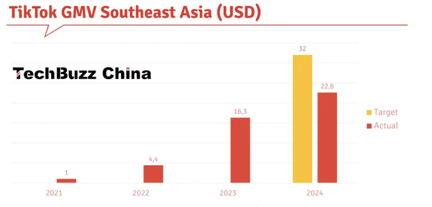
Within this context, TikTok Shop’s intensive policy rollout is not a random adjustment, but a systematic effort to eliminate low-quality content and elevate overall standards.
At its core, these policies aim to guide creators and sellers to think from the perspective of overseas consumers — understanding their real-life scenarios and emotional triggers, then delivering content that resonates and converts through authenticity and value.
For sellers, short-term pain is inevitable during this transition.
But only those who adapt swiftly, align with the platform’s evolving standards, and refine their operational strategies will avoid elimination and secure early advantages in the next growth cycle.

